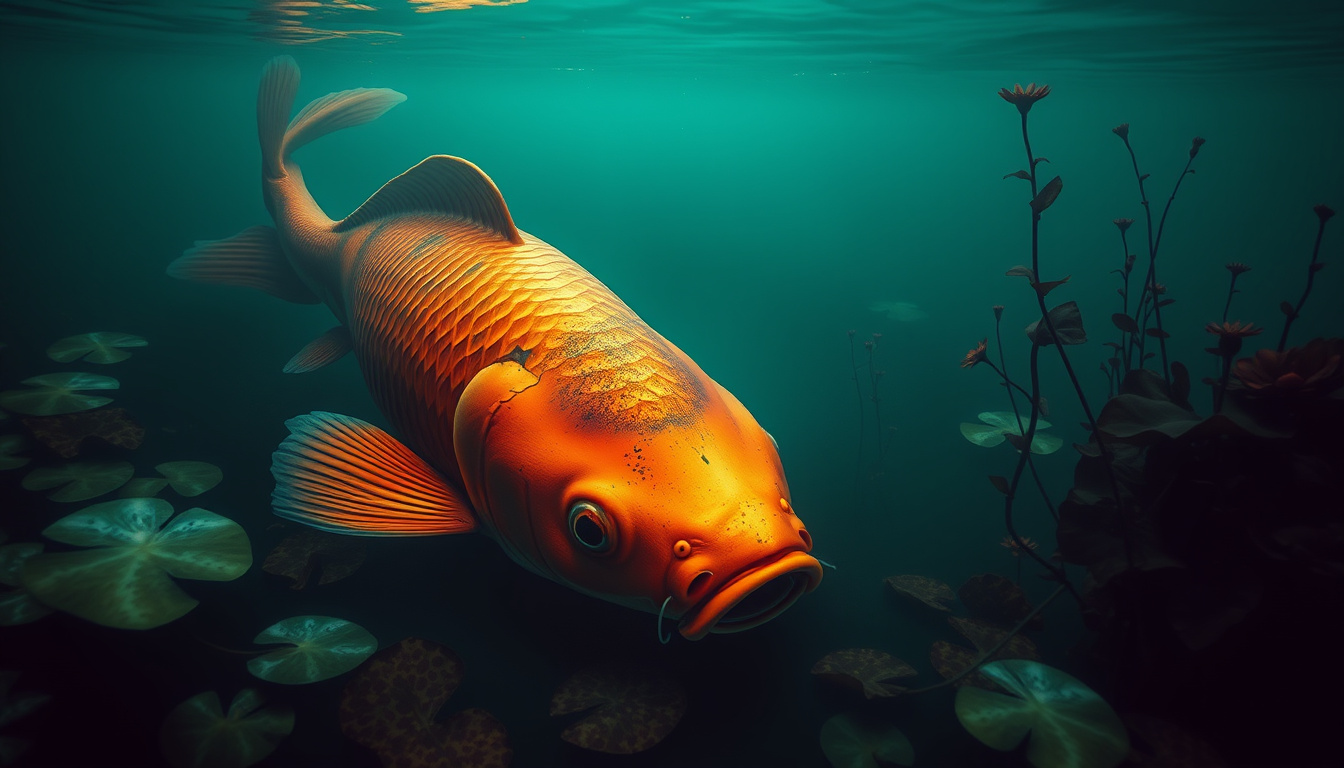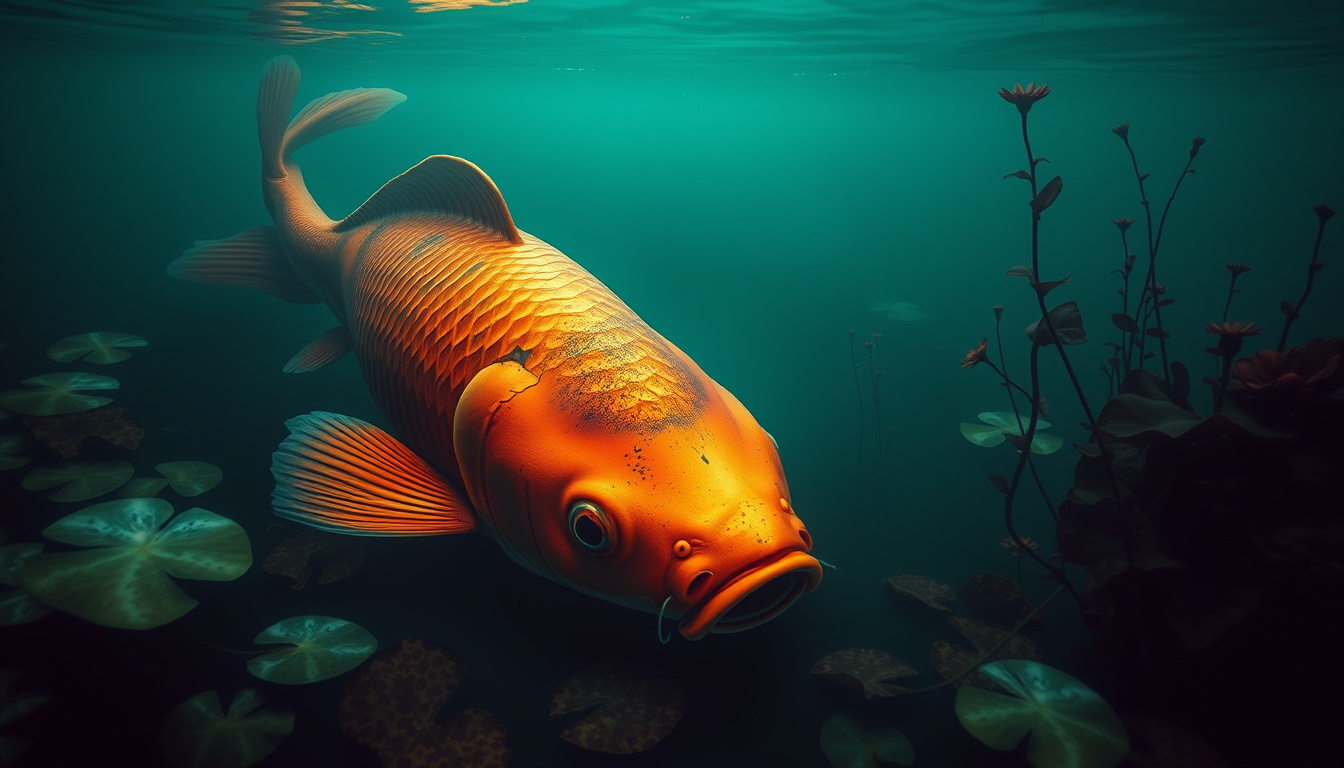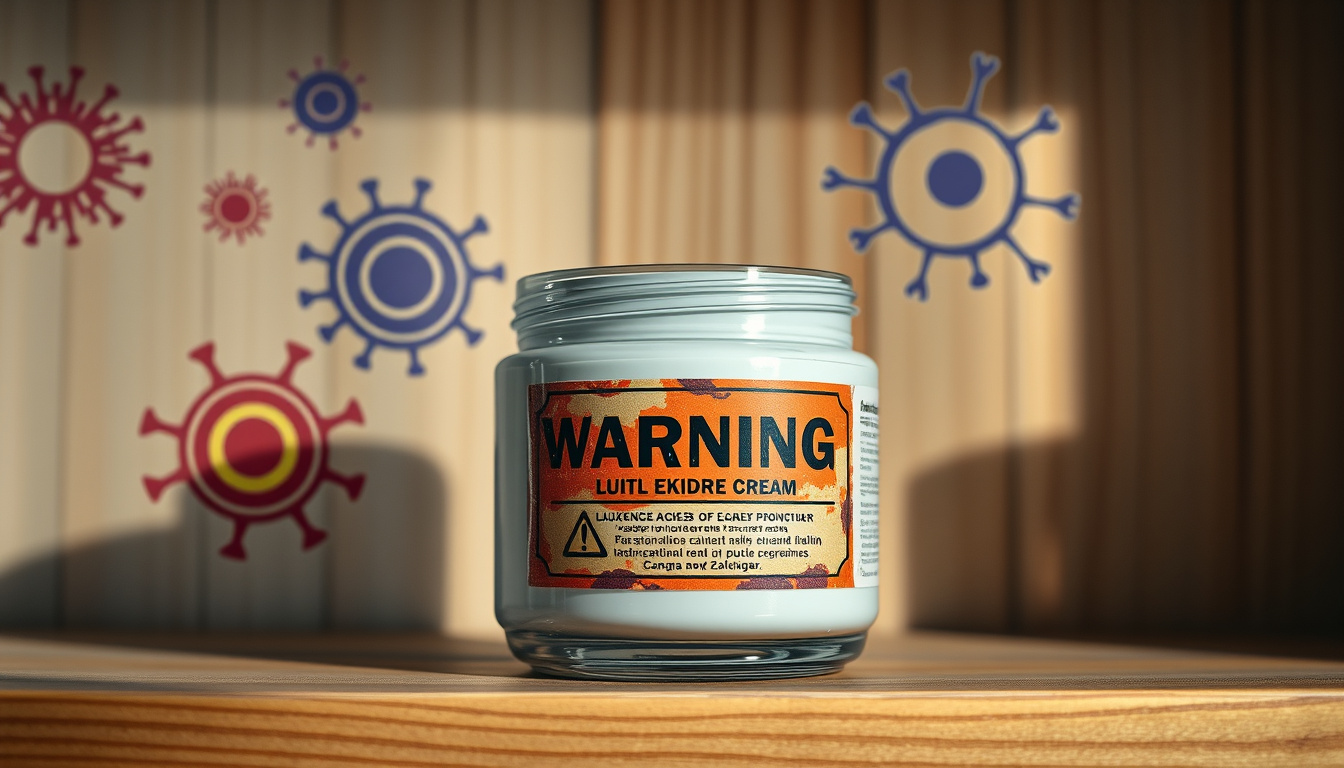In recent years, an unexpected and often overlooked menace has emerged in Ontario’s waterways: the giant feral goldfish. Commonly known as Carassius auratus, these once-beloved pets are flourishing in the wild, reaching alarming sizes of up to 45 centimeters and weighing around 2 kilograms. This article delves into the underlying causes of their proliferation, the ecological implications of their presence, and the ongoing efforts to manage this aquatic threat.

Key Takeaways
- Giant feral goldfish can grow significantly in Ontario’s waters, posing a threat to local ecosystems.
- These goldfish disrupt biodiversity by preying on native fish eggs and competing for resources.
- The spread of diseases like koi herpesvirus through these goldfish can further endanger aquatic life in the region.
The Impact of Giant Feral Goldfish on Ontario’s Ecosystems
The introduction of giant feral goldfish (Carassius auratus) into Ontario’s ecosystems poses a significant ecological concern as these fish grow to impressive sizes after being irresponsibly released by pet owners. Capable of reaching lengths up to 45 centimeters and weighing as much as 2 kilograms, these feral goldfish adapt exceedingly well to their new environments. Initially introduced as ornamental pets, goldfish have established themselves as an invasive threat across North America, primarily flourishing in ponds, lakes, and streams with low water flow. Their increasing prevalence is alarming, particularly in regions with compromised ecosystems, as they disrupt the local biodiversity and threaten indigenous species. An example of the ecological disturbance they create is their predation on the eggs and larvae of native fish, which can destabilize these populations. Even though the provincial authorities maintain that the impact of feral goldfish is less critical than other invasive species, their potential competition with native fish for resources and the possibility of disease transmission cannot be overlooked—particularly the koi herpesvirus (KHV), which poses risks to carp, koi, and goldfish. Observations of these oversized goldfish have surged in urban green spaces like Toronto’s Grenadier Pond and Evergreen Brick Works, documented on platforms such as iNaturalist. The situation is further exacerbated across the Great Lakes region, where sightings of large feral goldfish indicate a growing trend that necessitates increased monitoring and management efforts.
Managing the Threat of Invasive Species in North America
To effectively manage the threat of invasive giant feral goldfish in North America, particularly in Ontario, it is crucial for both individuals and local governments to take action. Education and awareness campaigns focusing on responsible pet ownership can significantly mitigate further releases into the wild. Pet owners should be encouraged to understand the ecological impact of releasing non-native species into local habitats. Additionally, regular monitoring of water bodies known for goldfish sightings, like Grenadier Pond and the Evergreen Brick Works, can help track their population growth and ecological impact. Control measures, such as targeted removal and community engagement initiatives, can aid in preserving the biodiversity of these habitats. Cooperation between wildlife organizations and local communities is essential for implementing effective strategies that will not only protect native fish populations but also reinforce the role of humans as stewards of the environment.





